

The Miners’ Strike, 1984
- 1985 : 40
Years On
By Luke Bellis , Abigail Buckley, Emily Linton, Esmae Simmonds-Short and Eve Clark
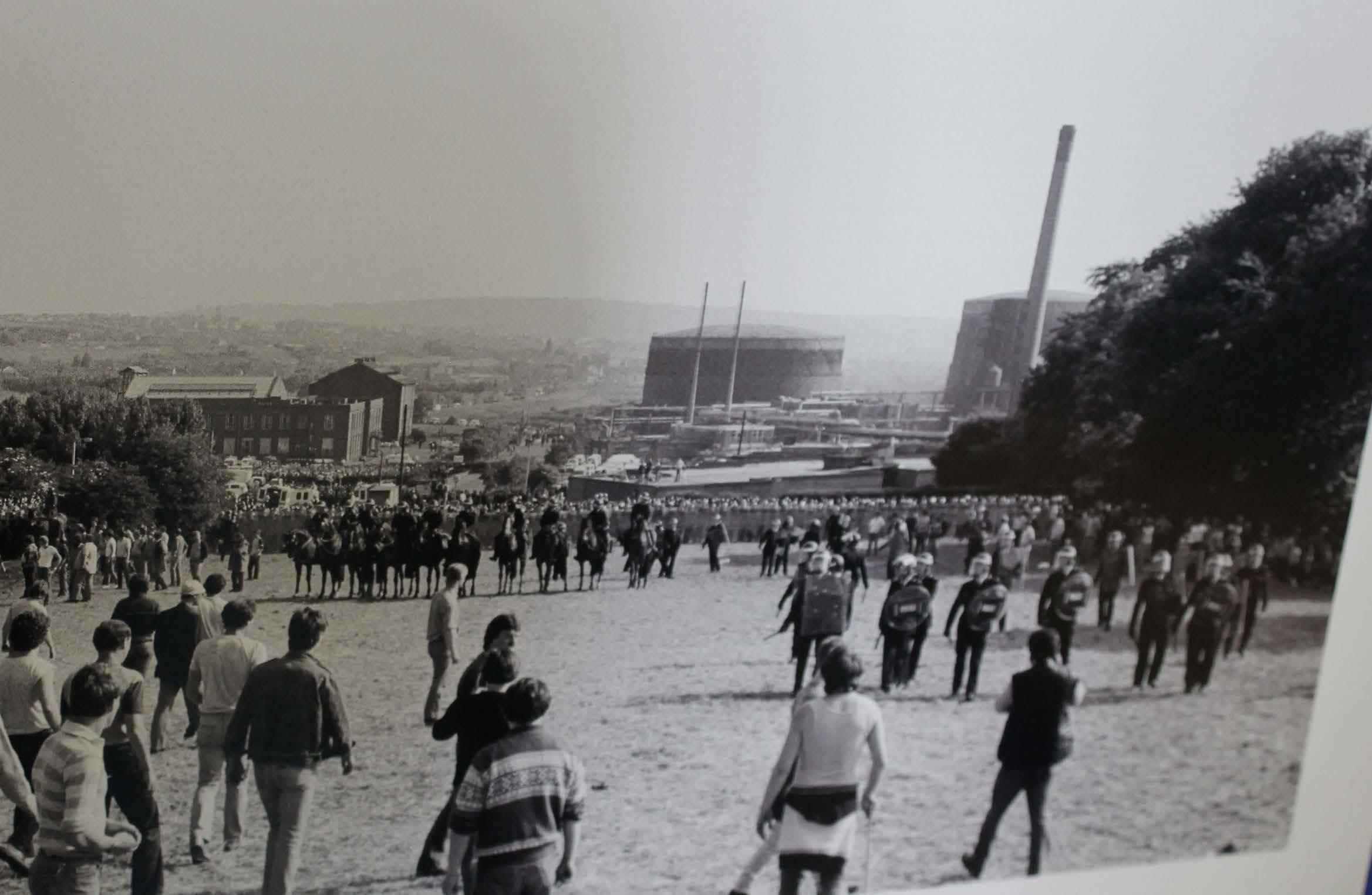
• Editor’s Note
• The Miner’s Strike 1984 - 1985 - by Luke Bellis
• The legacy and social impact of the strikes - a fight lost? - by Abigail Buckley
• Sheffield : from battlegrounds to property development - by Emily Linton
• Women’s contribution to the mining strike of 1984 - 1985 - by Esmae Simmonds-Short
• The North-East : a testimony from those present - by Eve Clark 2
- 6
Editor’s Note
Hello, welcome to the first edition of ‘The Miner’s Strike of 1983-1984: 40 Years On’, the team would like to thank you for taking the time to read our magazine!
The focus of our first edition is education, we began this project with the hope that we could reach people who have potentially heard of the Miner’s Strike, which happened in Britain between 1983-84, but perhaps don’t know some of the hidden details and stories that period holds.
While some of this history might be uncomfortable to hear with there being mentions of violence and struggle, Emily, Abi, Luke, Esmae and I have felt that it is incredibly important that the legacy of the strike continues, and that its impact is remembered for generations to come.
Within our articles we will cover the role of women during the Strike, its impact on Manchester and the North-West, as well as exploring other parts of the country like Sheffield and the North-East, where we can hear from people who were present at the time.
With that being said, we hope you enjoy this edition and take away valuable information about an important period in Britain’s history.
Editor-in-Chief, Eve Clark
Contents page photograph - ‘Miners Strike March 30yrs on Rotherham Silver wood Pit (27)
Taken Today 30 years on from the 1984 Miners Strike, Rotherham SilverWood Miners Branch “March” 7th March 2014 items belong to there respectful owners’ - Paige..., https://flic.kr/p/kNkfVP
The Miners’ Strike 1984-85
By Luke Bellis
This Photo by Unknown Author is licensed under CC BY-SA https://www.progressivecharlestown.com/2018/12/ some-people-really-hate-theirjobs.htmlv https://creativecommons.org/ licenses/by-sa/3.0/
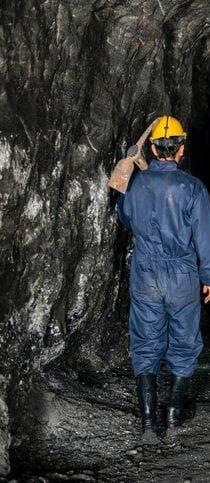
Between 1984 and 1985, planned coal pit closures resulted in major miners’ strikes across the UK. Led by Arthur Scargill, President of the NUM, the strike opposed Margaret Thatcher’s policies and was marked by frequent clashes, leading to over 11,000 arrests. The most notable confrontation was the Battle of Orgreave in June 1984.
Communities such as Sherwood were split up as miners began breaking the strike, resulting in the nickname ‘Scabs’.
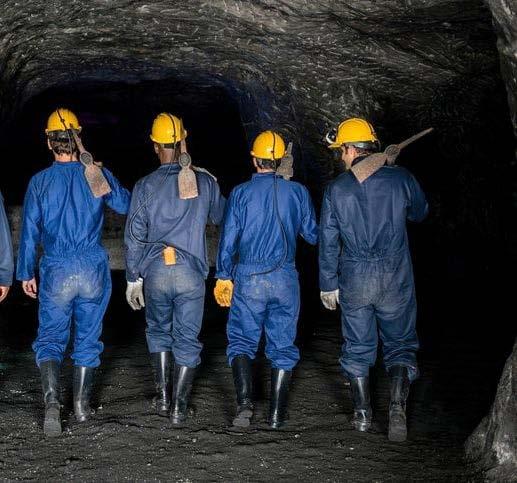
Ultimately, the strike was unsuccessful as it resulted in widespread mine closures and the strength of trade unions was significantly weakened. Overall, the mine closures split up communities and increased the resentment towards the government, and particularly Maragaret Thatcher.
The legacy and social impact of the strikes A fight lost?
By Abgail Buckley
Mine Closures
The legacy left behind from the strikes of 84-5 left deep resentment from local communities scarred by the experience. 40 years on, Greater Manchester still reflects on the strikes with poetry classes, banners and newspapers discussing and remembering the miners. Most coal mines in Greater Manchester were in Wigan which had collieries of Golborne, Bickershaw, Parkside, Sutton Manor and Agecroft. Wigan had right to worry and right to strike, since the NCB had declared plans to shut down 20 collieries but and as Scargill argued it was 75 pits.

Economic loss
“It wasn’t about a pay rise. We were trying to fight for our jobs, our industry and our communities.”
The main discussion regarding the mining was: should they keep the mines open despite making losses or shut them down? The government was clearly determined to shut down mines. MacGregor, appointed head of the National Coal Board during the period, was described as ‘the American butcher of British industry’ who had a past in British steel closing plants and halving its workforce to make it profitable. Whilst the miners were’engagedinstrugglesto protect their wages, their communities’. (Francis p.268)
Photograph by Abigail Buckley
North West Mining Jobs
* Figures from the National Coal Mining Museum for England
Two working miners died, 255 were injured, two working miners committed suicide and 790 police officers were injured, two seriously (Kernot ,1993).
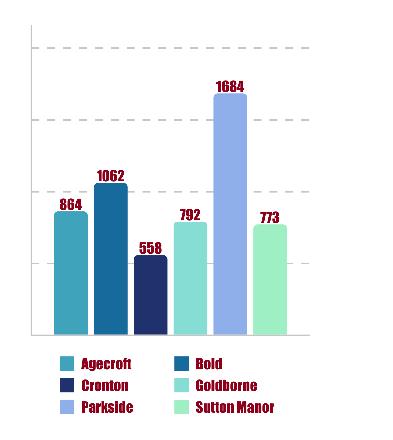
‘Coal not dole’
The main issue that the miners bring up is community. During the strikes, there was a lot of division in areas with some miners wanting to strike and others not. In areas like Golborne it was 60-40 and when miners were struggling to feed their families the issue alienated the miners. The men that went on strike were often faced harassment for example Keith Wood at the Bold Colliery stated that ‘some people wouldn’t talk to each other, sit near each other or work together.’ (Broadbent p.10)
There was reason for Greater Manchester to worry as the last pit was shut in Wigan was Parsonage Colliery in 1992. There is clearly a sense of community that was present, with ‘all members of staff are invited to a reunion’ (Gaynor) to even this year. One of the key sentiments from the miner’s strike is the unity in which the women’s organisation of the strikes and the support from underrepresented groups. With the work being incredibly dangerous, it meant that the division of miners lead to a loss of community.
References :
Broadbent, Jenny, ‘25th Anniversary Miners’ Strike 1984’ Past forward, 52, (2009), 8-10 Clarke, Gaynor, Wigan Today (2025) <https://www.wigantoday.net/news/people staff-reunion-marks33-years-since-wigan-b roughs-last-pit-was-shut-5028431> [25/04/2025].
Francis, Hywel, ‘The Law, Oral Tradition and the Mining Community.’ Journal of Law and Society, 12.3 (1985) 267–71.
Wilkinson, Damon, Manchester Evening New (2024) <https://www.manchestereveningnews.co.u k/news/greater-manchester-news/we-comm unity-now-dont-miners-28708233> [25/04/2025]
Sheffield: from battlegrounds to property development
By Emily Linton
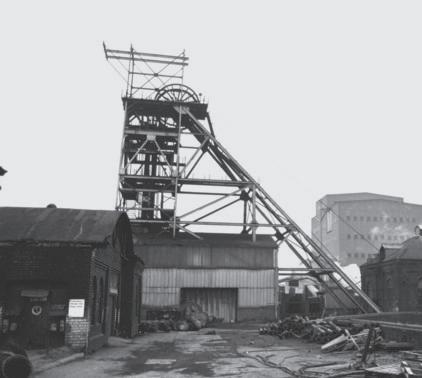
The city of Sheffield is famous for many things, from the Arctic Monkeys to Henderson’s Relish. But one of its most intense pieces of history is the Battle of Orgreave. On the 18th June 1984, miners from all over the country came to the industrial site of Orgreave to protest the closures of the mines under Margaret Thatcher. There was a large police presence who used aggression against the protesters leading to mass violence, the arrests of 95 people, and the injuries of 123.
The protestors came to distrupt deliveries to the coking plant on Orgreave and police reacted violently, charging at miners, with many on horseback and: “Many of those who couldn’t or wouldn’t run were assulted with batons, causing several serous injuries.” (Orgreave Truth and Justice Campaign).

Many believe the police acted wrongly, inciting the violence, and “In 2015, an Independent Police Complains Commission review concluded that there was evidence some officers deployed at Orgreave had committed perjury and assult and perverted the course of justice.” (Davies, 2024)
However, the site of the battle is looking a lot different now. Where the coking plant once stood is now home to a ever-growing housing development. In recent years,
“Some 3,500 homes have sprung up on an estate where the huge open-cast mine once stood.” (Tooher, 2024) This once devastating scene is now home to some of the nicest houses in the area with the Advanced Manufacturing Research Centre (AMRC) right next door.
This raises the question, can we forget the past or does a piece of land hold memories for eternity? For those involved in the Battle of Orgreave, what they experienced will stay with the forever. However, many people are now raising families on the very site that scarred these people for life. Whilst many people will have forgotten about the events of Orgreave, it is important to remember the impact that the police brutality and demonisation of the miners has and continues to have on these people’s lives today.
References:
Orgreave Truth and Justice Campaign. About. Available at:https://otjc.org.uk/about/. Accessed 14th May 2025
Davies, J. 2024. No 10 Behind Orgreave Violence - government lawyer. BBC News. Available at https://www.bbc.co.uk/news/articles/cpv316l2lypo. Accessed 14th May 2025
Tooher, P. 2024. Orgreave Reborn: Forty years after miners’ strike, site of the most notorious pitched battle is now a high-tech hub. This is Money. Available at: https://www.thisismoney.co.uk/money/markets/article-13304287/Orgreave-reborn-Forty-yearsminers-strike-site-notorious-pitched-battle-high-tech-hub.html. Accessed 15th May 2025
Image: Allen, C. Orgreave Colliery. Available at: https://openverse.org/image/acbdbe79-8f57-4bfba1d0-e69833f25d4a?q=orgreave&p=3
Women’s contrbution to the mining strike of 1984-1985
By Esmae Simmonds-Short
The mining strike of 1984-1985 was not only an unprecedented time for men, but also the women and families of mining families. However, this seems to be forgotten and the contribution of women remains unheard in the history of the strikes. Women Against Pit Closures, founded in 1984, was a key political moment of the mining strikes. Formed by miners’ wives, the committee aimed to assist and promote support against pit closures, not only taking care of mining communities but also organising and attending rallies across the country. The WAPC still exists today, many of the women from the strikes still actively spreading awareness and telling their stories.
Women participated in a number of roles to do with the mining strike, some even worked for the mines themselves. For instance, women were employed as canteen workers, cleaners and office workers at the collieries. The most common role of women referred to in the mining strikes was the organisation of meetings, providing mass meals and sanitary items for mining families across the nation and fundraising. The majority of contribution came from the Women Against Pit Closures, which allowed mining families to contribute using their voices to campaign. The most significant protest coordinated by the WAPC was in London in 1984, seeing between 15,000 and 25,000 marchers. This demonstration went silent along Downing Street, silently protesting the government’s withdrawal of benefits for mining families, as well as an attempt to put forward a petition signed by women to the Queen.
In 2024, many mining communities reflected on the 40th anniversary of the strikes. In Chorley an event was held, which I was an attendee of, with speakers retelling their experiences. Organisers of the National Women Against Pit Closures, Betty Cook and Heather Wood, recounted their experiences and perspectives as leading female activists. After setting up the first public meeting, they recounted how their aims were to set up joint support groups between labour delegates and National Union of Miners (NUM) pickets in the area. The women’s support group played a fundamental role to save mining jobs and communities all over the country.
They said: “The strike was all about our future - our children and grandchildren.”
Although met with difficulty and wishes that there would have been more support for the female groups, Cook and Wood said: “We were poor but everyone you associated with was poor - it was okay. We had some laughs, we had some cries.”
“I wouldn’t have gone back and changed it - it made us who we are.”
Due to the NUM stating that they would only feed miners on the picket line, the women played an essential role in providing food for mining families affected as long as the strike lasted, which they stuck to, and still do, describing themselves as ‘the enemy within’.
The reason for resistance of female participation, especially from organisations such as the National Union of Miners, was because of the challenge towards traditional roles of women that contribution in the strikes threatened.
Traditionally women were centred around domestic duties meaning the majority were only housewives and mothers rather than taking part in the workforce. Since towards the end of the 1960s feminism had began increasing. The Women’s Liberation Movement, a second-wave feminist movement, was a chance for women to truth-tell the realities of their lives and face up to injustices through a series of conferences up until 1978.
The first four demands of this movement were: equal pay, free contraception and abortion on demand, free 24-hour nurseries and equal educational and job opportunities. Yet still in the early 1980s society struggled to embrace that women could be equal as men which therefore resulted in backlash and a lack of acknowledgement for the work women did. However, the strikes were an opportunity for women to successfully push forward fast-paced developments for women’s rights due to the impacts that were also pushed onto them and their families.
References :
- Green, J. (2019) ‘Looking back: The Women’s Liberation Movement’, Woman’s Place UK, 20 November. Available at: https:// womansplaceuk.org/2019/11/20/looking-back-the-womens-liberation-movement/ (Accessed: 05/04/2025).
- N. (2024) ‘Voices in the Coalshed: Women Against Pit closures’, National Coal Mining Museum, 3 October. Available at: https:// www.ncm.org.uk/news/voices-in-the-coalshed-women-againstpit-closures/ (Accessed: 25/03/25).
- Todd, A. (2024) ‘Miners’ Strike 1984 to 1985: Women Against Pit Closures’, People’s History Museum, 31 January. Available at: https://phm.org.uk/blogposts/miners-strike-1984-to-1985-women-against-pit-closures/ (Accessed: 05/04/2025).
- Women in the Miners’ Strike (1984-5) [Exhibition]. National Coal Mining Museum. February 29, 2020 - January 3, 2021. Available at: https://www.coalfield-women.org (Accessed: 14/5/25).
- Tomlinson, N. (2025) Women stood alongside striking miners
- it’s time their stories were told. Available at: https://research. reading.ac.uk/research-blog/2025/03/03/women-stoodalongside-striking-miners-its-time-their-stories-were-told/ (Accessed: 15/04/2025).
- Kelvinc13. (2017) ‘’Women Against Pit Closures’ 1984-5’, lib com. org, 20 October. Available at: https://libcom.org/article/womenagainst-pit-closures-1984-5 (Accessed: 25/03/25).
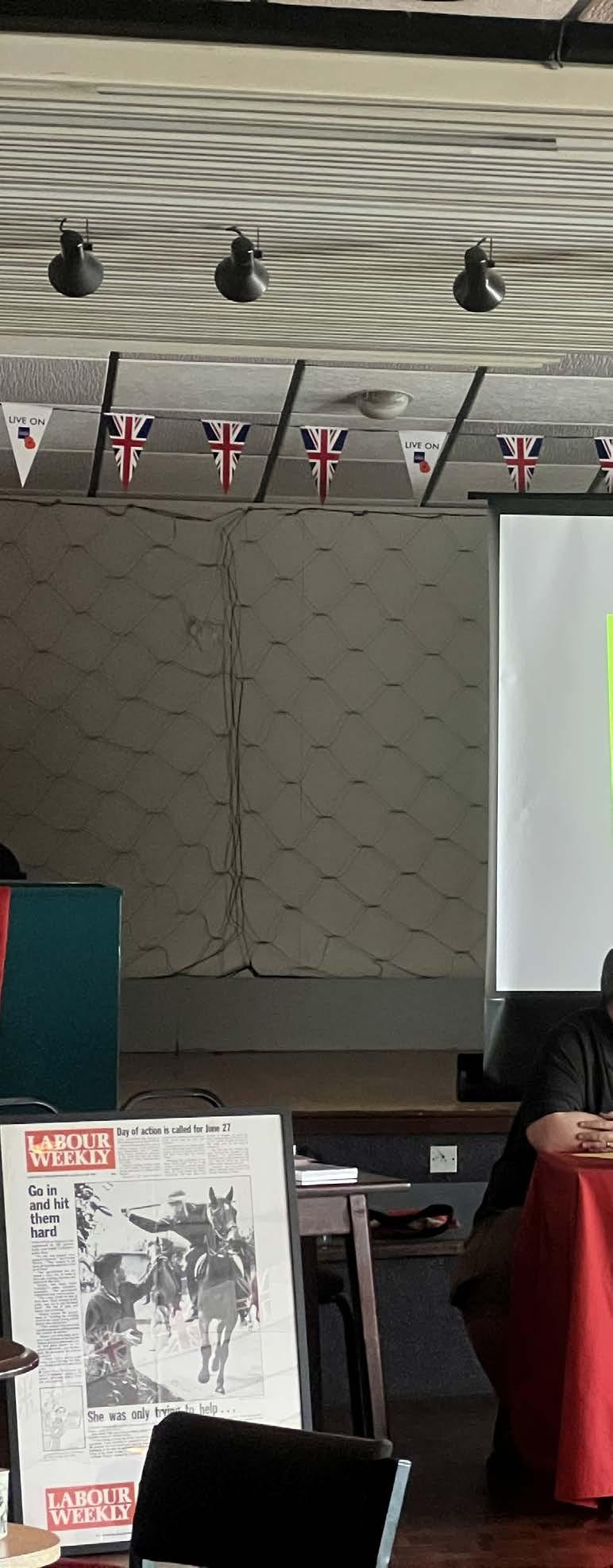
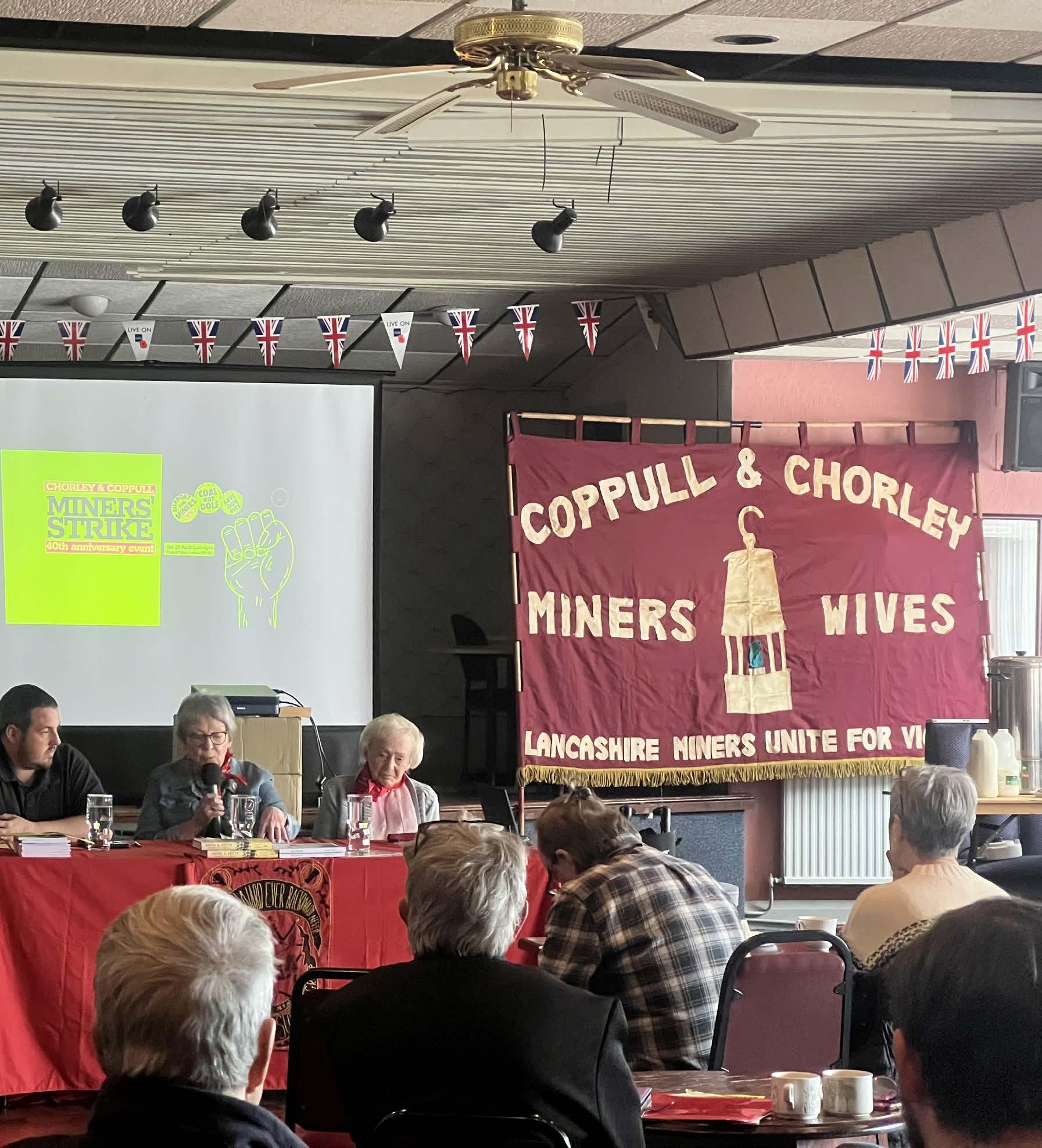
Betty Cook & Heather Wood - organisers of National Women Against Pit Closures - speak at the Chorley and Coppull Miners’ Strike 40th Anniversary event, 27th April 2024, Chorley. Photograph taken by Esmae Simmonds-Short
The North-East: a testimony from those present
By Eve Clark
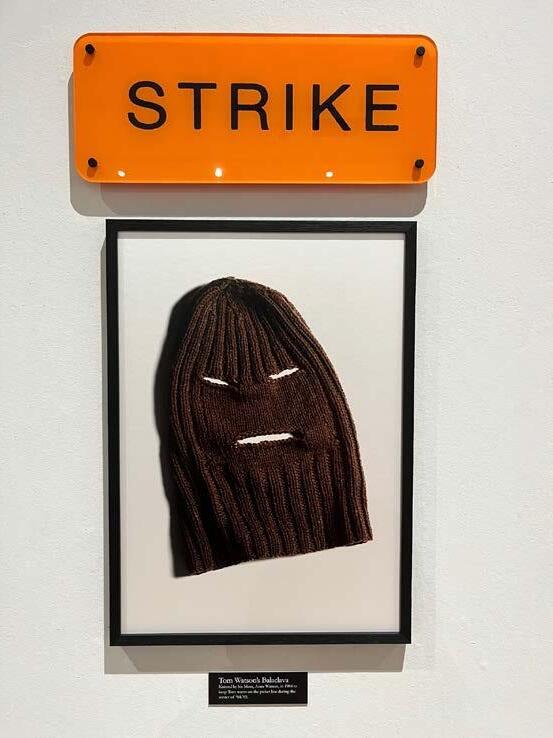
Q: Were you or people close to you affected by the 1984-1985 strike? If so who was affected and what were these effects?
A: By 1984 my dad was retired, but I had friends my age who still worked in the mine in my village. In a village like ours, which was typical of all East-Durham Collieries, most trade, services and social facilities relied on the miners. As the strike moved into months, people began to realise that their jobs would go, which seemed like they would face a hugely uncertain future.
Q: Can you describe what the atmosphere in your village or in the city was like at the time of the strike?
A: The only way you could describe the atmosphere was tense, obviously the strike affected businesses, as my village had been transformed from a small hamlet of farms into a thriving community when the mine was sunk in 1838. The physical atmosphere at times was chilling, you could hear the noise from the police batons beating on their shields like warriors, police horses stood at the pit head.
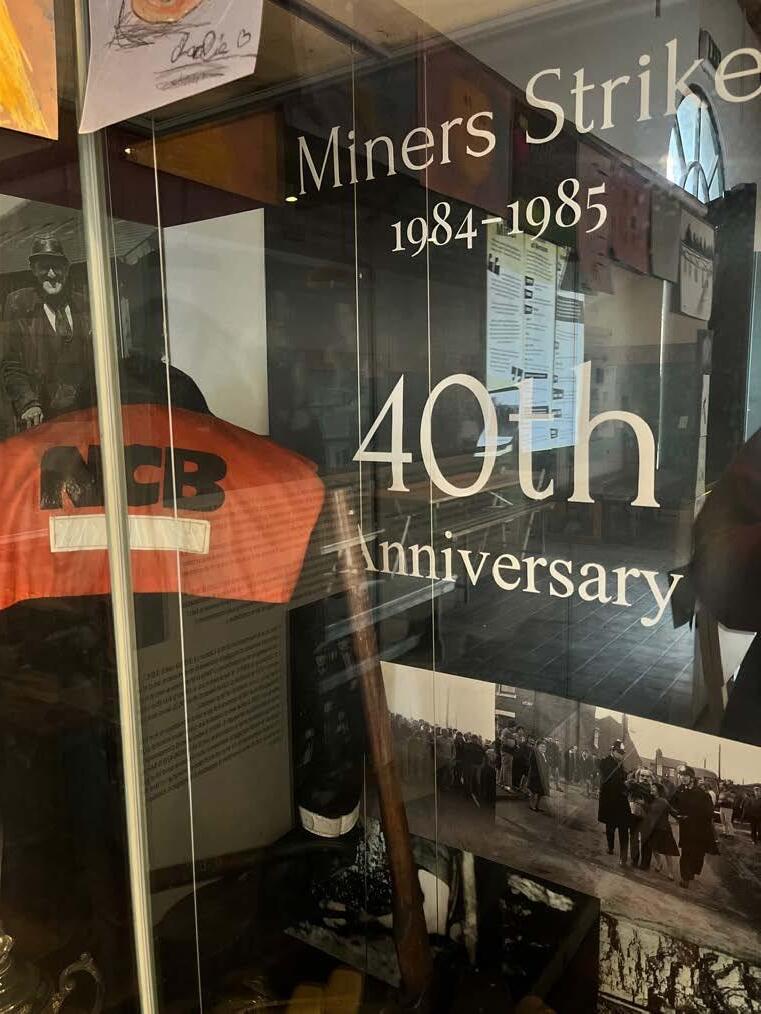
40th anniversary collection at Beamish Museum, Co. Durham
Q: Did you know anyone that crossed the picket line? Did people’s attitudes towards them change after?
A: At work one of our staff had a bitter relationship with her sister as her husband went to work but her sister’s didn’t.
Andy Martin, Tom Watson’s Balaclava, unknown, photograph, Sunderland Winter Gardens & Museum
Q: Can you explain your family’s tie to mining in the North-East, and how this affected your view on the strike?
A: In 1974 my dad came out in support of his team even though he could have legitimately stayed to do maintenance work- that sort of camaraderie existed very strongly in 1984. My grandad and uncles worked in the mine. My grandad was a butler then a gardener at Elemore Hall, but the lure of the mine meant decent pay and benefits. I can’t say anyone was happy about the strike, but the principles were strong.
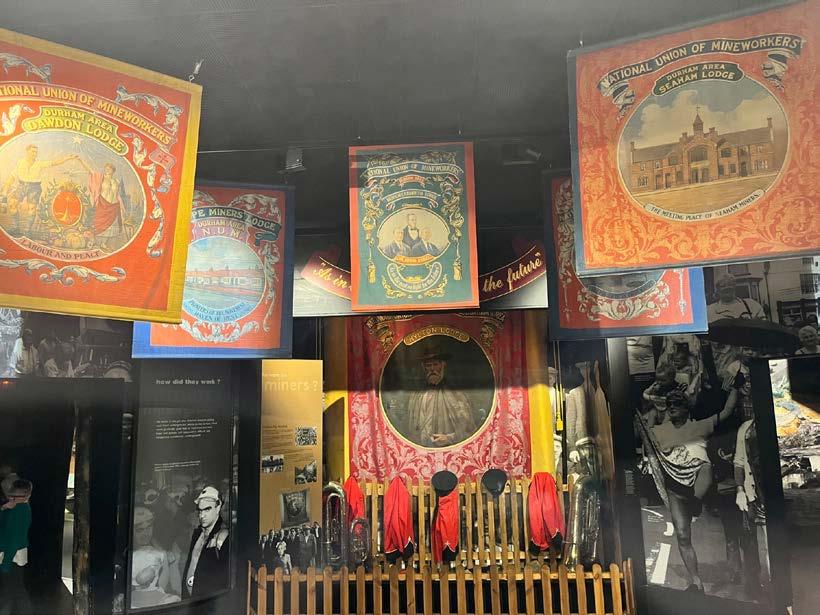

The mining industry was very important to the North-East of England, with the Great North Coal Field having over 400 pits, employing over a quarter of a million men at its peak in 1913, however by 1995, this number was reduced to only 174 pits. To learn more about the experiences of those present during the strike in the North-East of England, I interviewed Brenda Mcknight, who grew up in Murton Village in County Durham. In 2025, where the original Pit Heap and Winding Shed were in Murton Village, there is now a retail park in their place. While visiting my home in Sunderland, I went to multiple exhibits on the 1981-84 strike being shown in local museums, such as the Winter Gardens and Beamish Museum in County Durham. I have attached some images below of these exhibits to reveal the lasting effect and importance the strike had on towns and cities in the North-East of England.
Photo captions:
Photo 1: 40th Anniversary Collection at beamish Museum, County Durham
Photo 2: Collection of Mining Union Banners at Sunderland Winter Gardens and Museum
Photo 3: Andy Martin, Tom Watson’s Balaclava, unknown, photograph, Sunderland Winter Gardens and Museum
4: Andy Martin, Series of Strike Support Badges, unknown, Sunderland Winter Gardens and Museum
Photo
Collection of mining union banners at Sunderland Winter Gardens & Museum
Andy Martin, series of strike support badges, unknown, Sunderland Winter Gardens & Museum
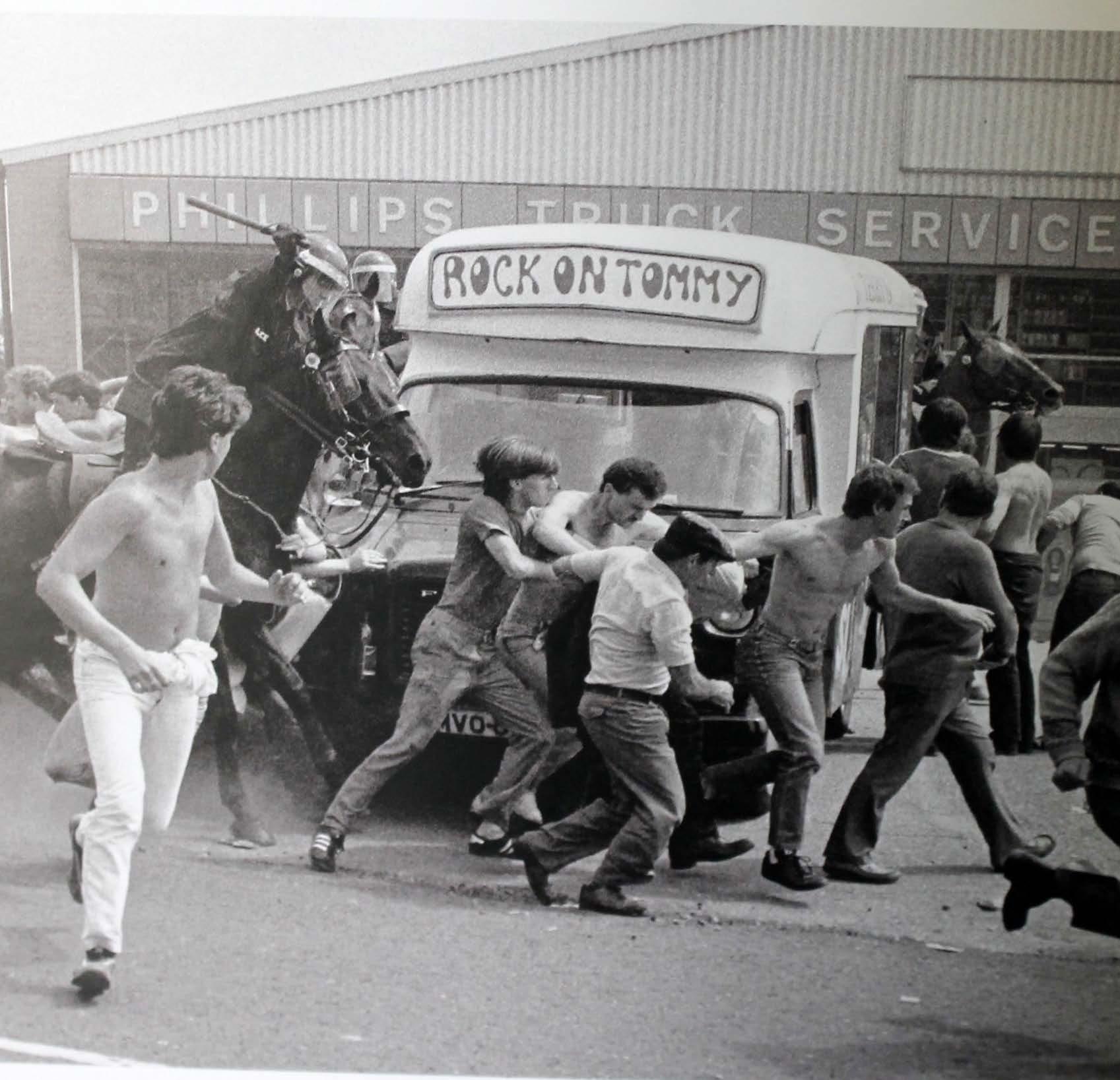
Cover photograph - ‘Miners Strike March 30yrs on Rotherham Silver wood Pit (73)
Taken Today 30 years on from the 1984 Miners Strike, Rotherham SilverWood Miners Branch “March” 7th March 2014 items belong to there respectful owners’ - Paige..., - https://flic.kr/p/kNkyQr
Back page photograph - ‘Miners Strike March 30yrs on Rotherham Silver wood Pit (22)
Taken Today 30 years on from the 1984 Miners Strike, Rotherham SilverWood Miners Branch “March” 7th March 2014 items belong to there respectful owners’ - Paige..., - https://flic.kr/p/kNkgq6
